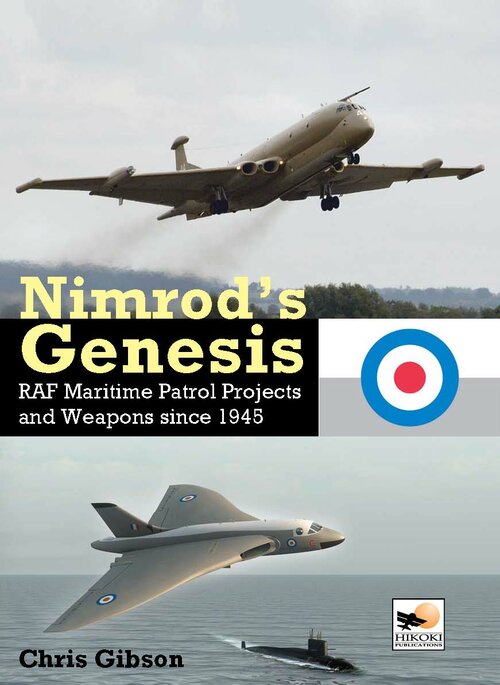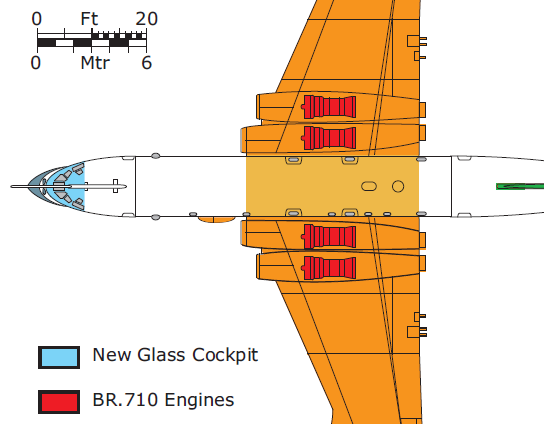One aspect not often talked about, in regards to the MRA.4, was its attack capability. The MRA.4 was fitted with pylons capable of carrying Storm Shadow cruise missiles, and JDAMs, turning it into a bomber, of sorts.
Many people aren't aware that the scrapped Nimrod MRA4 was wired up to carry a range of ordnance including Storm Shadow cruise missiles and satellite guided bombs.

ukdefencejournal.org.uk
That is one of the reasons why I miss the Nimrod MRA.4 Wyvern, I liked the fact that the RAF were going to install the Storm Shadow and the JDAM, that is why I still miss the Nimrod after all those years after it was scrapped. I wonder is the P-8 ever going to be as capable as the Nimrod MRA.4 was going to be?
The P-8 is getting LRASM capability for c2027. The contract award also mentioned that 500lb to 2000lb JDAM, MALD, SDBII and Mines could be added as well. The BRU-55 rack is being integrated that will allow 2 x 1,000lb JDAM per pylon, that could also be used for JSOW. It wouldn't be a huge step at all to go from LRASM (which has land attack capability) to JASSM or JASSM-ER. There hasn't been a mention of Sidewinder though, which was originally on the list of weapons to be added to P-8.
Interestingly....Nimrod MRA.4 was definitely going to get Sidewinder, Paveway's, Harpoon, Stingray and Maverick. In reality I suspect if it had not been cancelled it would have entered service with ASRAAM, Paveway IV, Stingray and the remainder of the UK's Maverick stocks from the Harrier fleet. I suspect Brimstone would have been added at some point, perhaps when Maverick had reached end of life. As to Anti-Ship missiles I've no idea if the UK would have life extended Sea Eagle or Harpoon stocks if Nimrod hadn't been cancelled.
Oh and Nimrod MRA.4 was also originally going to get......AMRAAM....






